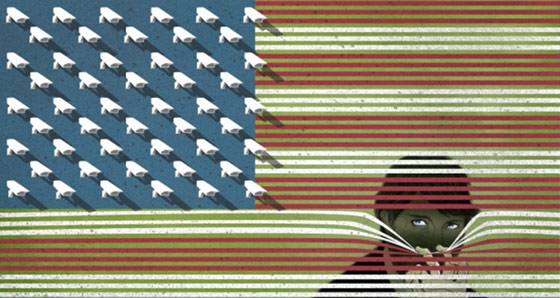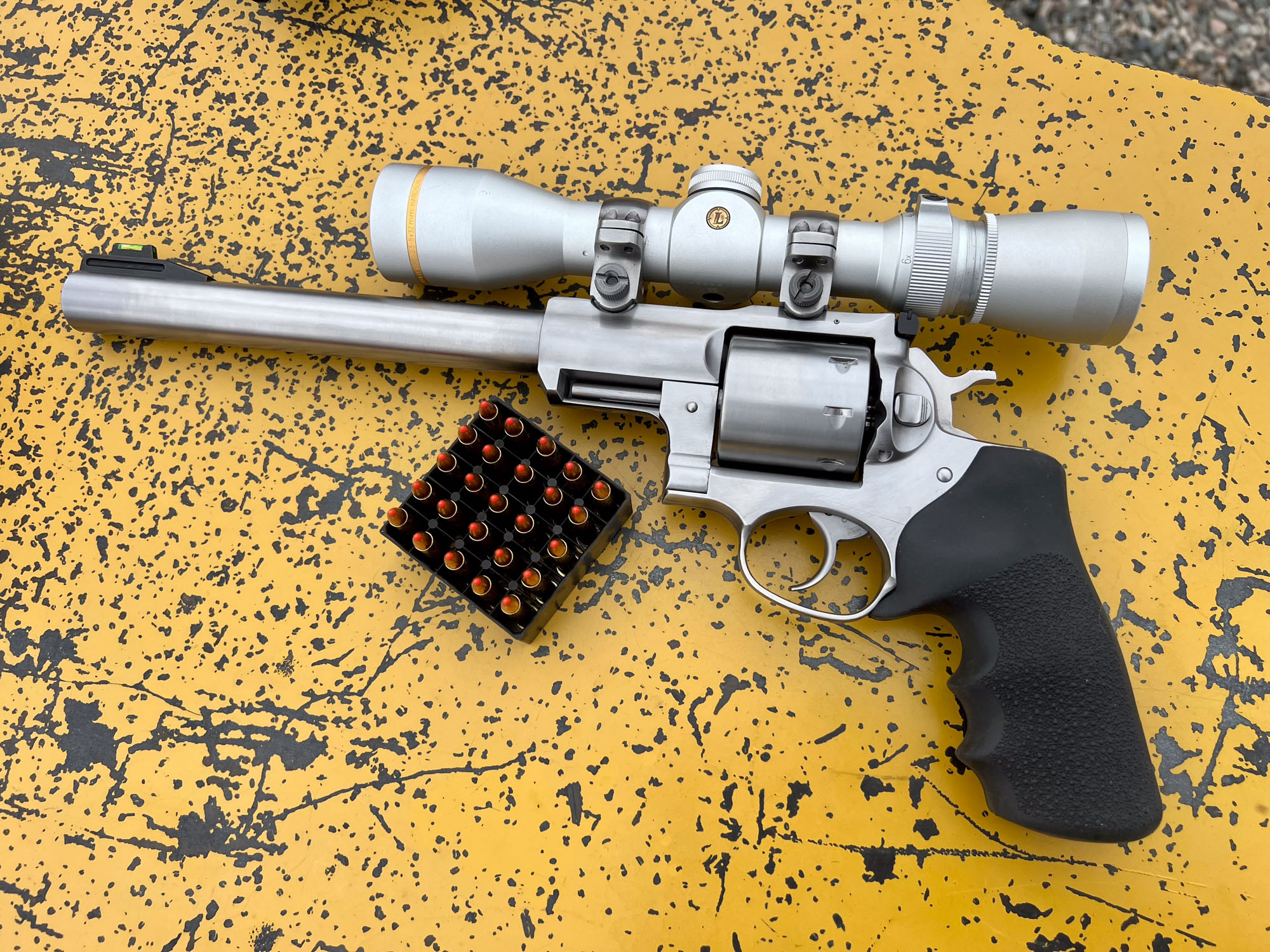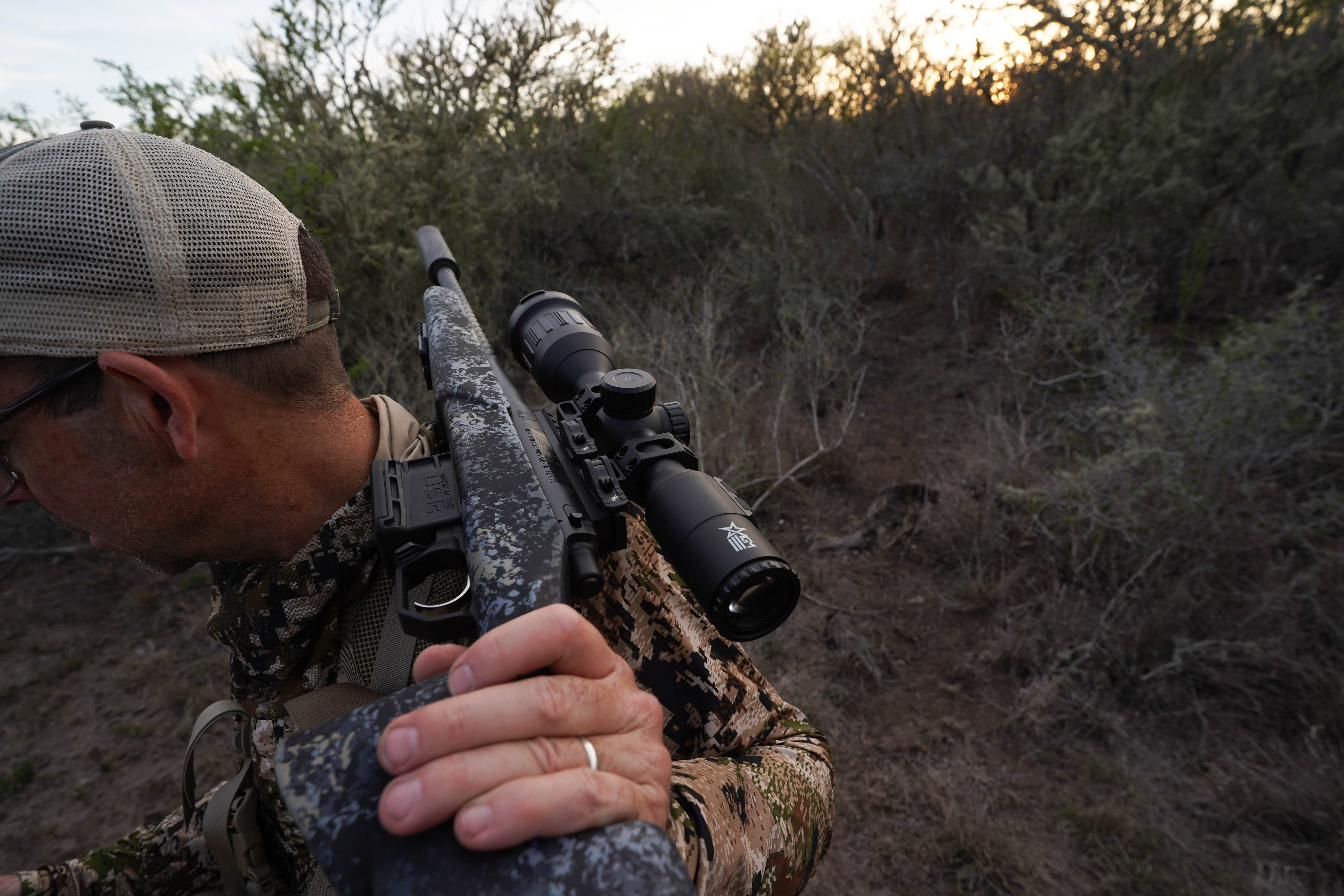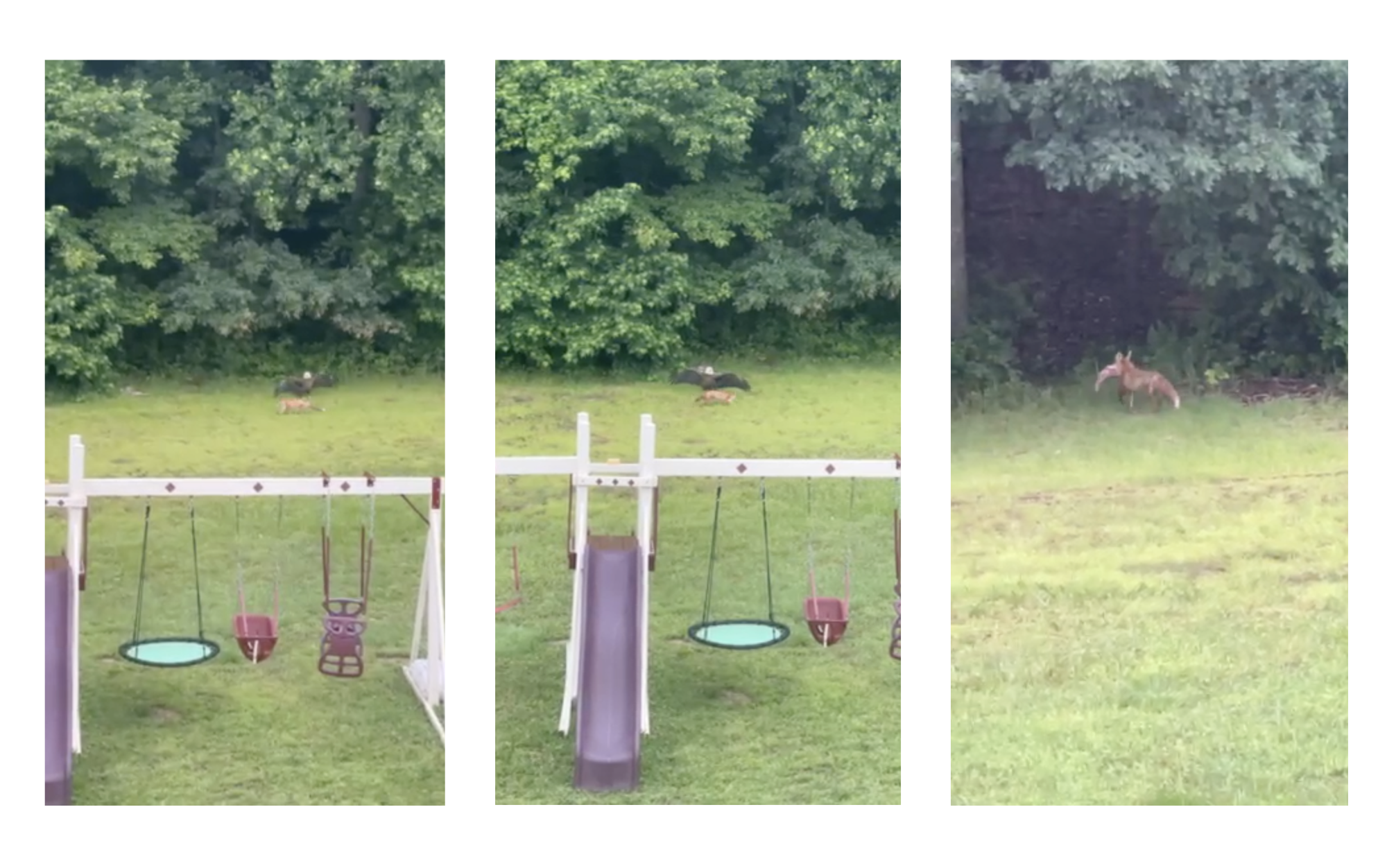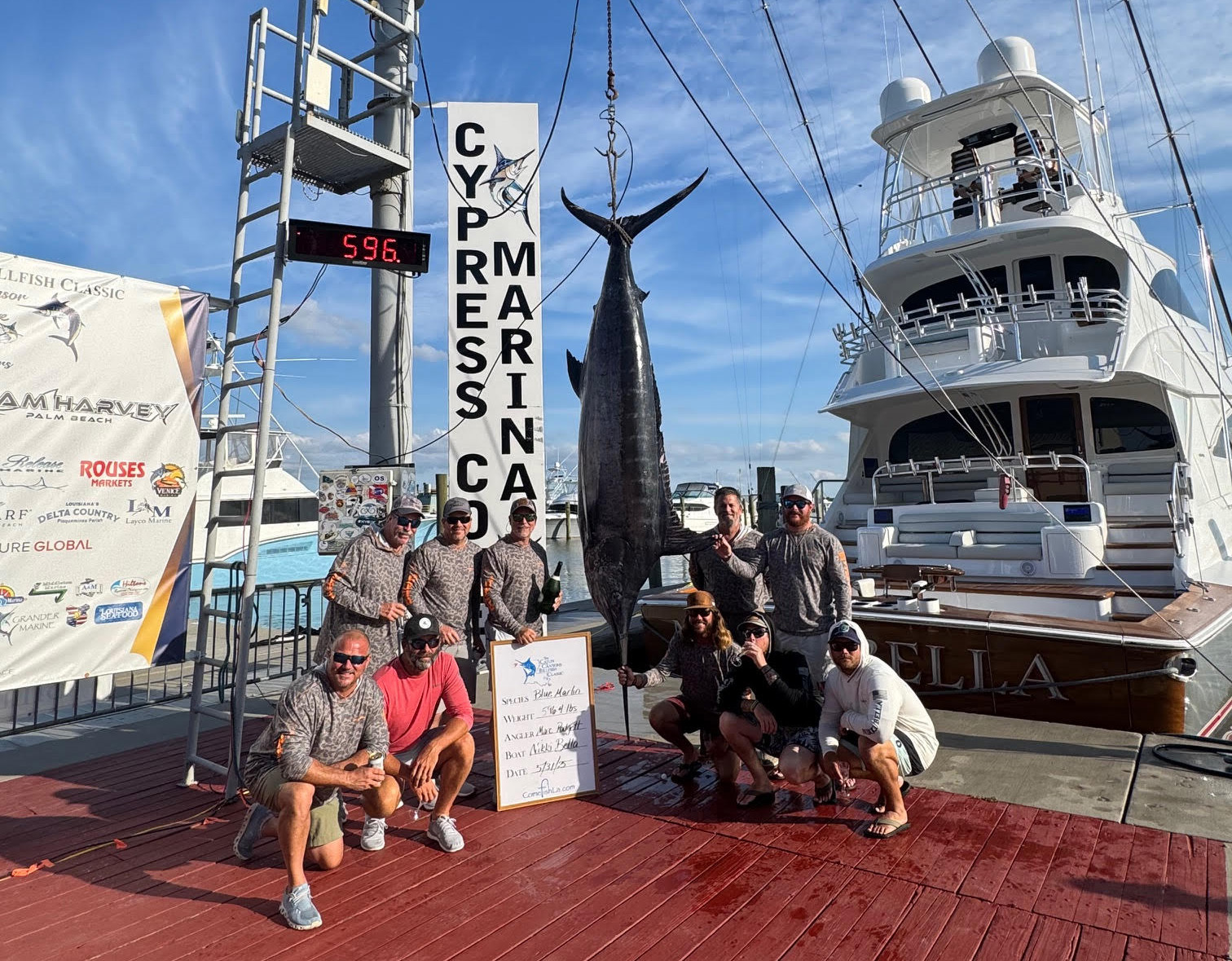Quick Strike Podcast: Is Euro Nymphing Right for You?
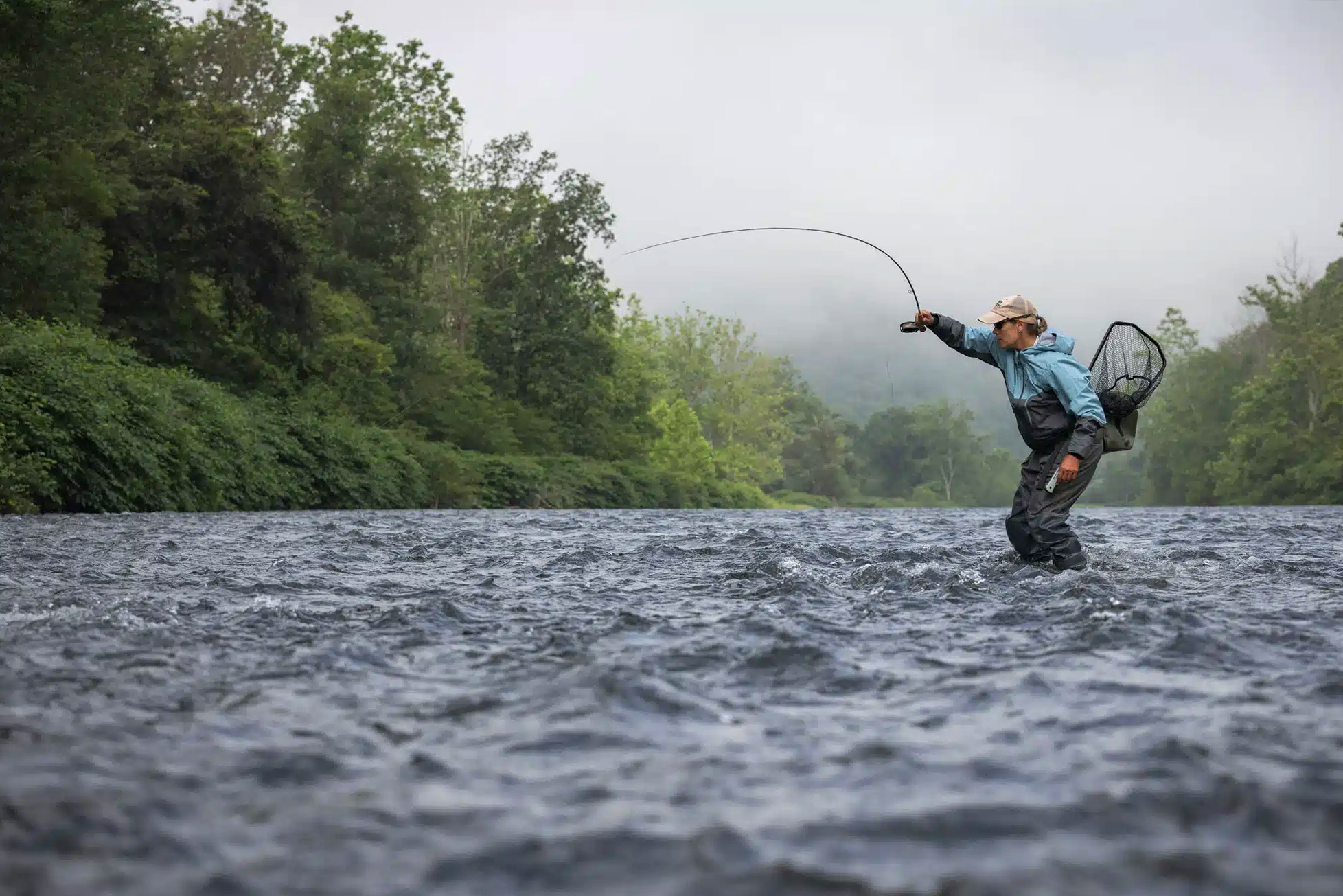
For the last 15 years or so, Euro nymphing has exploded in the United States. It was a byproduct of American competition fly anglers competing in Europe then bringing the techniques they learned back to U.S. rivers. In no time recreational anglers quickly figured out that, in the right scenario, Euro nymphing could produce a lot more trout than traditional nymphing.
A combination of a longer rod, heavily-weighted flies designed specifically for the method, and ultra-thin fly line reduced many of the common snags and snafus associated with traditional fly methods like bad drifts, light bites that don’t register, and the need for extras like strike indicators and split shot. In fact, Euro nymphing made some anglers so much more effective that it spawned some polarization in the fly world. Some people questioned whether it should even be considered flyfishing at all.
That argument continues to this day, but what’s undeniable is that Euro nymphing is an effective tool. Veteran guide and former competition fly angler Anita Coulton spends a lot of time teaching beginner anglers and notes that sometimes Euro nymphing is the best first step for building angler confidence. But it can also be a bit of trap. It has a time and a place and if you lean into it too much — in other words, failing to learn or hone more traditional methods — you will end up in flyfishing scenarios where you just won’t get it done.
So, I asked Coulton to break down the most critical pros and cons to understand. Whether you’re just thinking about getting into the fly game or you’re already a seasoned pro, her insight will help you determine if and when you’re ready to go Euro.
Listen to this week’s episode of the Quick Strike podcast on Apple, Spotify, or wherever you get your podcasts.
Line Management Is Easier
Pro: One of the key reasons Euro nymphing is so effective is it provides a drag-free drift. Whereas the current plays heavily on a thick, traditional floating fly line, Euro nymphing line is very thin, more akin to monofilament. Paired with a 10- to 11-foot Euro nymphing rod, you can reach out far and essentially keep all your line off the water.
“They call the method tight-lining for a reason,” says Coulton. “You’re eliminating all the slack from the system, which gets the flies to the fish very quickly. You’re also increasing sensitivity, which is a huge advantage because trout — small ones especially — can strike very fast. So, you miss fewer fish.”
Con: The fact of the matter is that line management is one of the most important elements of traditional flyfishing. Whether you’re casting a dry fly to a rising trout or fishing a nymph below a strike indicator, learning how to mend, feed, and control floating fly line to achieve a natural presentation and drag-free drift is critical. Euro nymphing eliminates the need for a lot of that skill, which can create problems for beginner anglers who focus only on Euro nymphing.
“If all you’re good at is Euro nymphing, you’re closing yourself off from a lot of opportunities in flyfishing,” Coulton says. “I’ve had people in my boat that bring a Euro setup, and that’s fine, but then we see rising fish and they have no idea what to do because that system isn’t designed to deliver dry flies. You can’t get married to the method.”
You Can More Effectively Target a Hot Spot
Pro: Euro nymphing is about precision. You’re focusing on a small target area — a pocket, eddy, seam, or riffle — and presenting flies in that zone at close range. The long rod and skinny line allow you to repeatedly run flies through the holding area without spooking the fish via overcasting, line slapping the water, or a strike indicator plopping down. This can, in turn, help Euro nymphers produce more trout than traditional fly anglers in each spot .
“Reading water is really the key to successful Euro nymphing,” says Coulton. “Because you’re fishing at most 25 feet away from you, you can really pick the water apart. The technique helps you understand where those fish are going to be and then present a fly in such a way that it gets right in front of them.”
Con: Euro nymphing is not designed to cover water. Because it’s most productive in small target zones, the method shines in pocket water and smaller, wade-able streams. If fishing a larger river or out of a drift boat, Euro nymphing loses its luster, because you often need to present at greater distances and through broader swaths of water to find the fish.
Read Next: The Best Trout Fly Rods, Tested and Reviewed
“There are some people who will tell you a tight-line outfit is more versatile than it really is,” Coulton says. “It creates a slippery slope. I’ve had a fair amount of people bring one on my boat because they’re so confident in their ability with it. And it’s not that you can’t Euro-nymph from a boat, but I’d argue you’d be better off learning other techniques for that scenario. The bottom line is that Euro nymphing should just be considered another arrow in your quiver.”
Read the full article here


